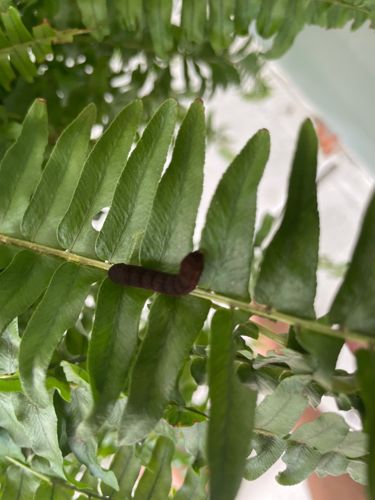Cutworm (larva)
Scientific Name: Various species in the family Noctuidae
Order & Family: Lepidoptera (moths and butterflies), Noctuidae (owlet moths)
Size: Larvae (caterpillars) typically range from 2.5 cm to 5 cm (1 to 2 inches) in length.

Natural Habitat
Gardens, agricultural fields, lawns, and natural areas. They typically live in the soil during the day and feed on plants at night.
Diet & Feeding
Cutworms are polyphagous, meaning they feed on a wide variety of plants. They primarily feed on young plant stems and leaves, often cutting the plant off at ground level, which gives them their common name. They can also feed on roots and underground parts of plants.
Behavior Patterns
Cutworms are nocturnal feeders, hiding in the soil during the day, usually curled into a 'C' shape. At night, they emerge to feed on plants. There are several types of cutworms, some of which climb plants to feed on foliage, while others stay at or below the soil surface. They overwinter as larvae or pupae in the soil and pupate in the soil before emerging as adult moths.
Risks & Benefits
Risks: Cutworms are significant agricultural and garden pests, capable of causing considerable damage by severing young plants at their base, leading to plant death and crop loss. Benefits: As adult moths, they can be pollinators for some flowers. They also serve as a food source for other animals, contributing to the food web.
Identified on: 9/24/2025